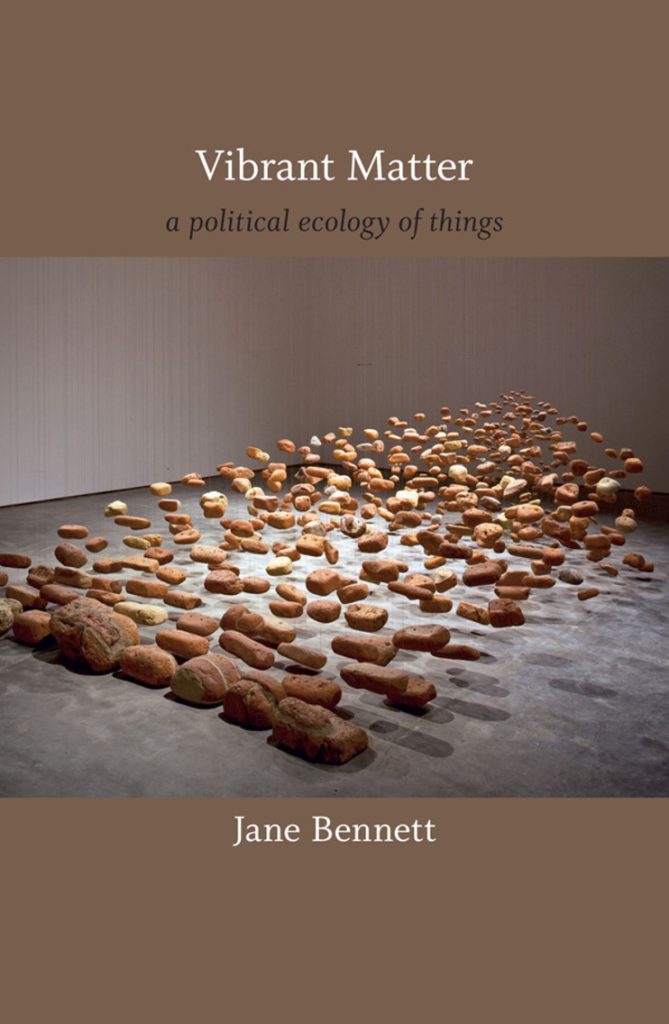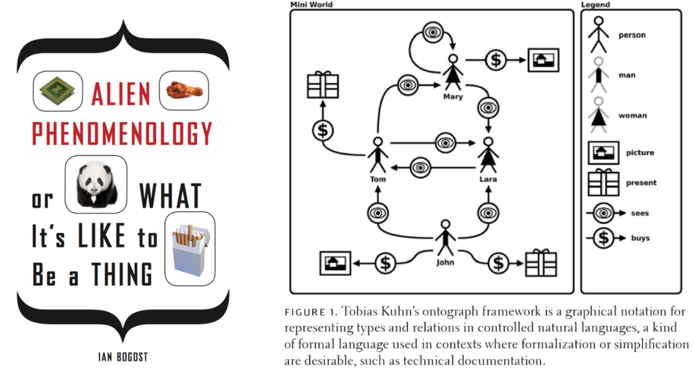Introduction
Neri Oxman has described Material Ecology as being at the intersection of Computation Design, Additive Manufacturing, Materials Engineering and Synthetic Biology. It is more than simple biomimicry as the process is collaborative in nature. Her lab focuses on the symbiosis of microorganisms, our bodies, our products and even our buildings. In order to better understand this topic a series of reoccuring themes have been summarised below.
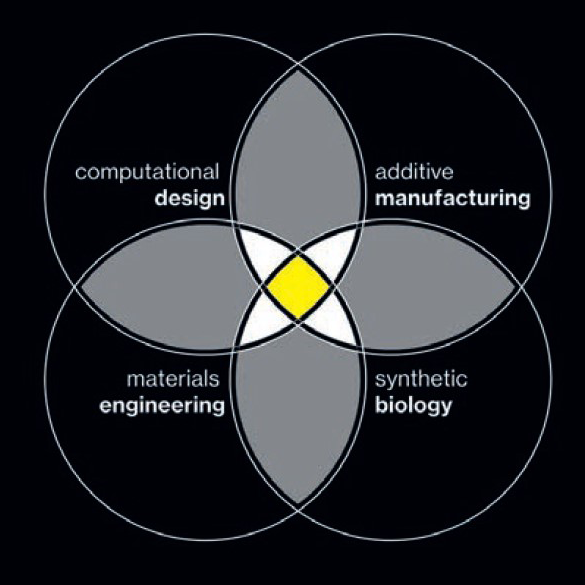
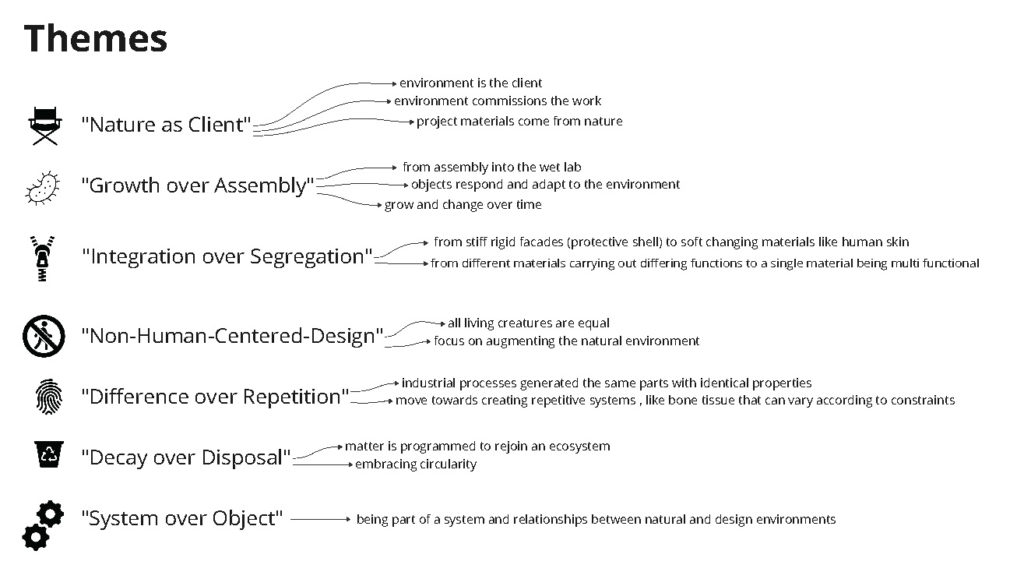
Morphogenesis
Morphogenesis is the set of processes that generate shape and form in the embryo, an important area within developmental biology. In the book Mechanisms of Morphogenesis Jamie Davies, describes the mechanisms of cell and tissue morphogenesis in a diverse array of organisms, including prokaryotes, animals, plants and fungi. We found one of his diagrams particularly interesting in that the processes he describes correlate to a number of tools available in Grasshopper, a visual programming language that we are experimenting with.

Examples
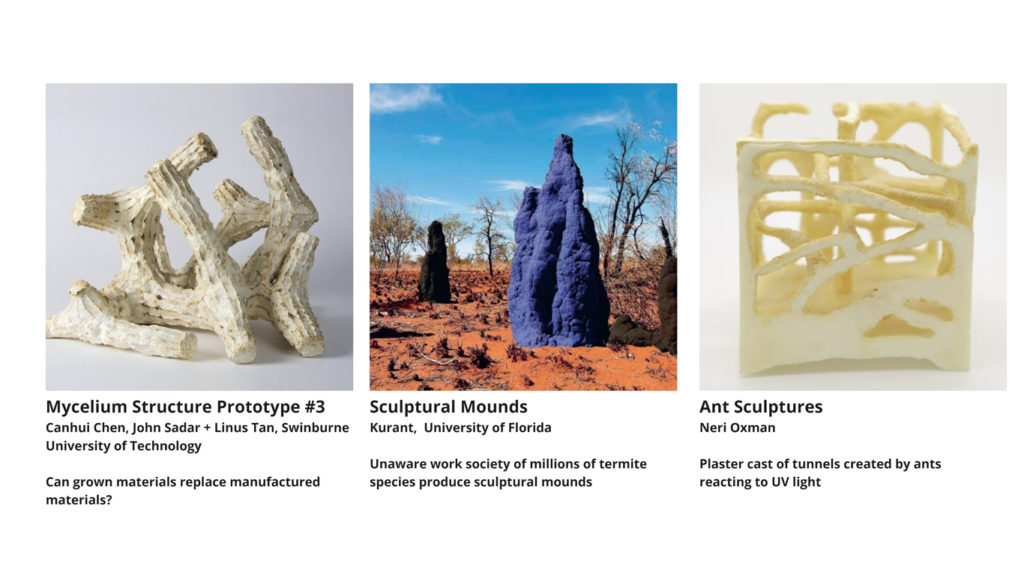
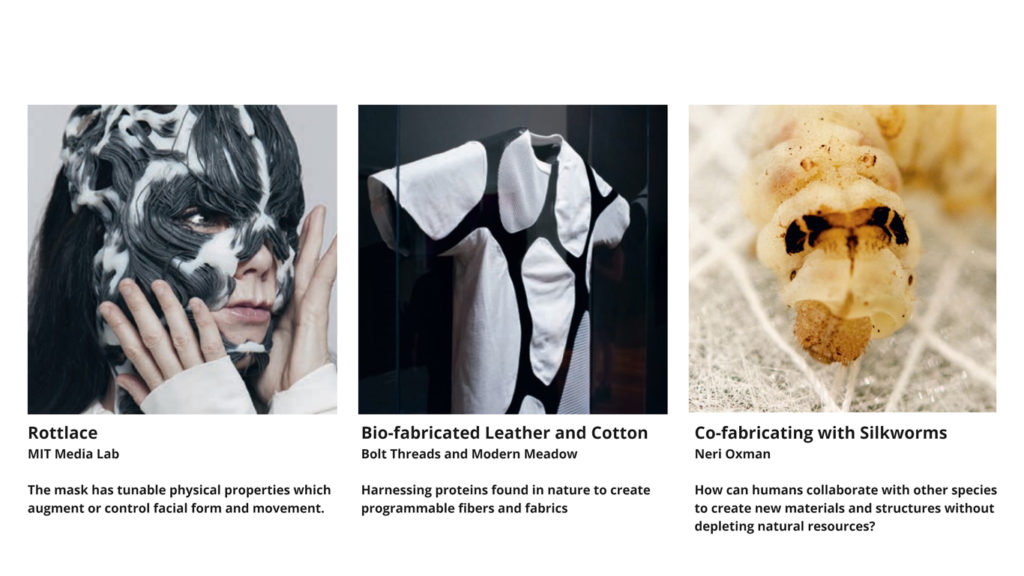
Web 3.0, Block Chain, and Token Based Economies
Is Web 3.0 a form a co-creation? Is this decentralised way of working in anyway analogous to the co-agency seen in material ecologies? These were a few of the pertinent debates that arose during our lecture.
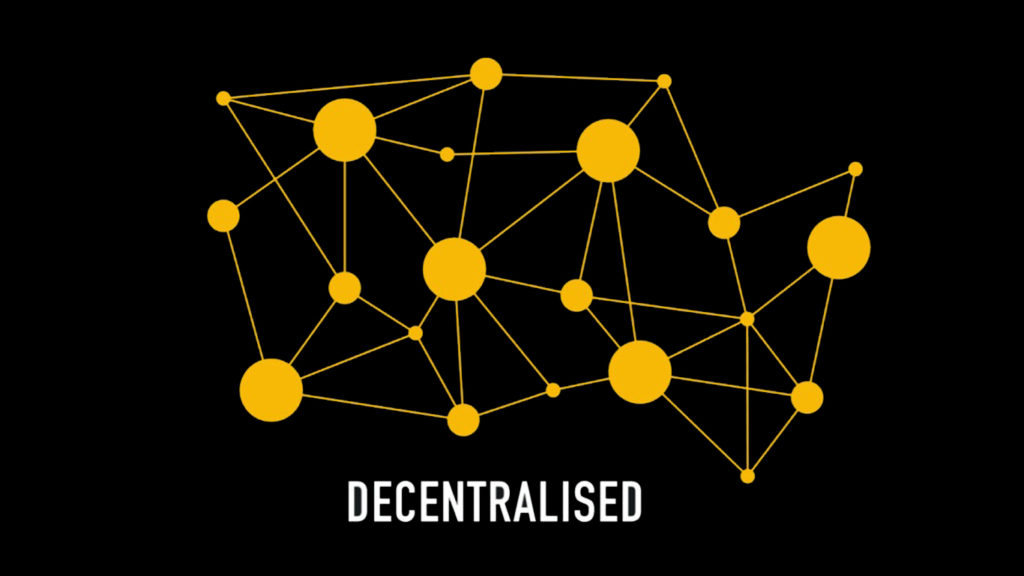
Data Structure
Lists are a structuring of the information, a concept present not only in the texts from Bryant, Bennet, Bogost and Morton, but also in the commonly used software “grasshopper”. After reading “The democracy of objects” by Levi R. Bryant, “The Agency of Assemblages” by Jane Bennet, “Alien Phenomenology” by Ian Bogost and “The ecological Thought” by Timothy Morton, we could identify how these authors share the strategy of working with the structures or hierarchies of nature and the agents who live there. These structures are FLATTENED so that everything is connected, interacting indefinitely, CROSSING REFERENCES.
The diagram below explains the concept of the new “flattened” structure from each author, and the agents working as “crossing references” in those structures.
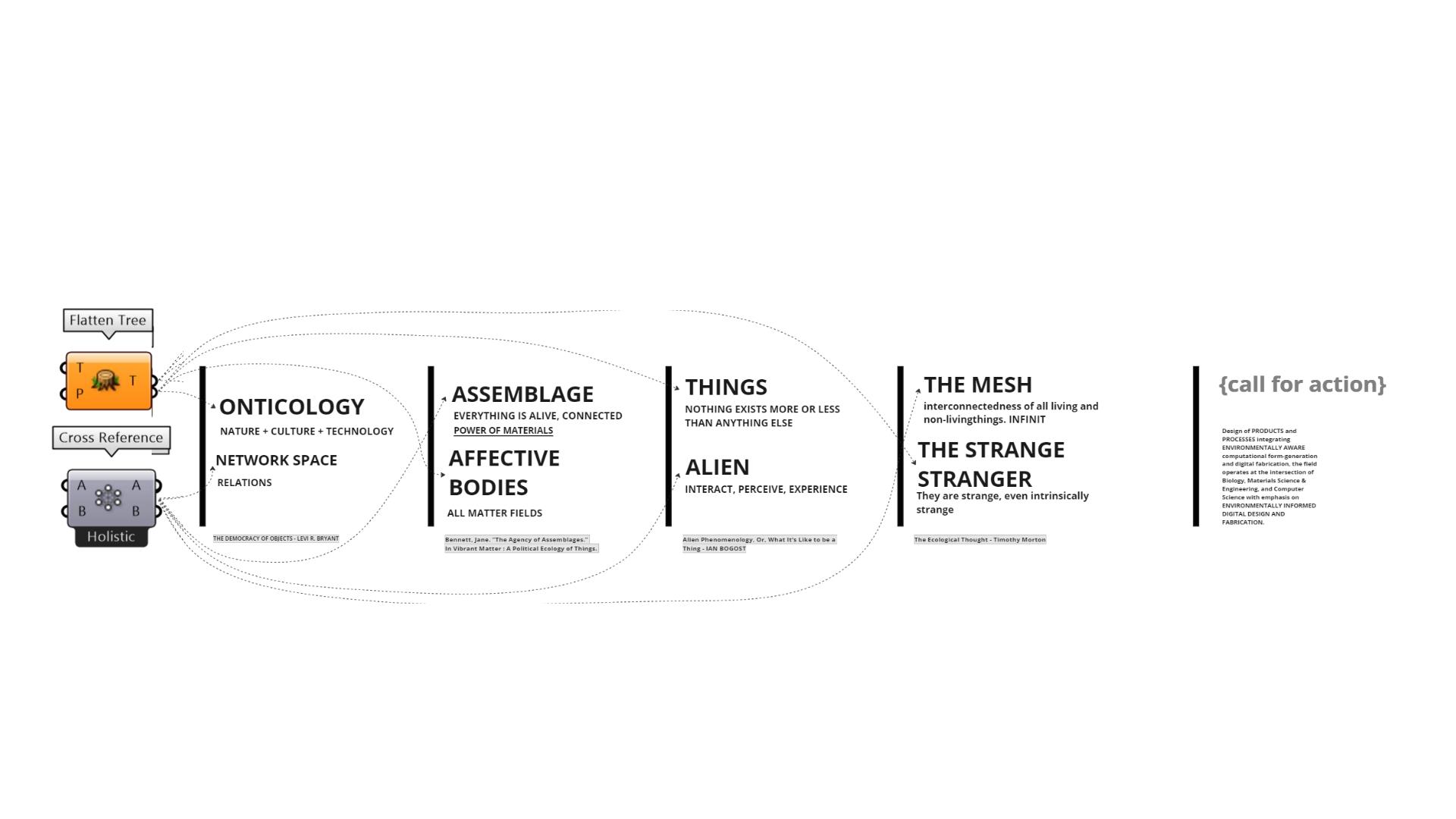
- The democracy of objects by Levi R. Bryant comes up with the word “onticology”, which is the flattened structure of nature, cultture and technology, making a network space full of relations.
- Jane Bennett in “The Agency of Assemblages” states that the assemblage means that everything is alive, connected and tehre are affective bodies in all matter fields.
- Ian Bogost in “Alien Phenomenology” argues that nothing exists more or less than anything else, and “aliens” interact, perceive and experience.
- Timothy Morton in “The Ecological Thought” says that the MESH is infinit, the interconnectedness of all living and non-living things, where the “strange stranger” exists.

